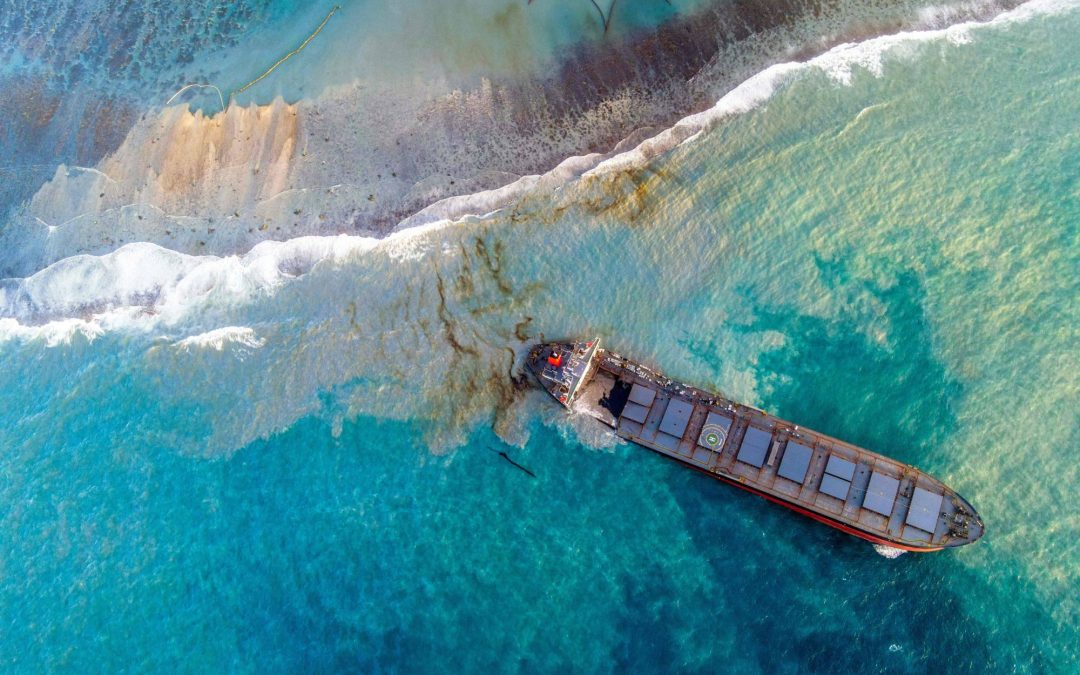The Panama Canal is in talks with U.S. liquefied natural gas (LNG) producers on how to meet increased demand for crossings as water levels recover after a prolonged drought, the canal’s administrator Ricaurte Vasquez told Reuters in an interview.
The canal is typically used by U.S. Gulf Coast exporters to send LNG cargoes to Asia via the Pacific Ocean, but from last year low water levels forced cuts to daily crossings, driving many producers to seek more costly or longer alternative routes.
In April, LNG transits through the canal’s Neopanamax locks only amounted to 4.9% of crossings while container ships snared some 61.6% of the transits.
Following increased rainfall that has replenished water levels, tensions have begun to ease and the canal is examining future opportunities, Vasquez said on Wednesday.
Canal authorities might need to modify slot allocations to secure more passage for LNG customers, so the administration is working on a survey to be sent to its transport clients to identify their needs, especially in terms of frequency and permits, he said.
The administrator said there is an opportunity to attract exports from new U.S. LNG plants, which would require getting permits, without detailing which facilities are being eyed by the entity.
Companies including top U.S. LNG exporter Cheniere Energy have complained about having to endure long and costly waiting periods to cross the canal as LNG vessels lack priority passage.
Vasquez said the canal is looking for ways to guarantee crossings for those vessels, adding the number of slots available for LNG producers will be made public after studies are completed and a consensus is reached with the companies involved.
Key industry players will come to Panama likely this month for talks, Vasquez said without naming the parties.
“We will talk and define parameters. They have very big aspirations in which they would like to have a canal dedicated to them but that is not possible, since this is a canal that should be open to every type of commerce internationally,” Vasquez said.
PRESSING NEED TO SECURE WATER
The Panama Canal has proposed building water reservoirs as a solution to mitigate climate change related shortages, though it is still waiting for the government to grant it access to the areas where they could be built.
President-elect Jose Raul Mulino told Reuters on Wednesday he would move to speed those permits. Mulino will take office on July 1.
Scarcity has raised water’s value, with Vasquez saying the canal will move to present an updated price scheme that match the new realities and customers’ needs next year.
The water reservoirs could be ready in 2030, though the canal’s administration still needs to secure permits and strike agreements with nearby communities.
Vasquez expressed confidence the canal would do so after undertaking proper consultations and providing necessary guarantees, adding that the waterway has a 15-year history of working with them.
Source: Hellenic Shipping News





